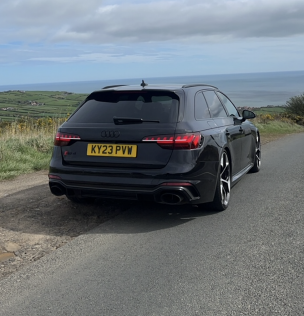SOME of what lies beneath us has been brought into the light and since the opening of Experience Barnsley in 2013, it is on show where it belongs. In part four of the series, Ashley Ball looks at how closely we can see into the town’s long history.
Without a dedicated home for archaeological finds, a lot of Barnsley’s discoveries were taken away from where they had laid undisturbed for centuries. That all changed with the opening of Experience Barnsley within Barnsley Town Hall in 2013.
Previous finds had been scattered about but mostly in Sheffield and Doncaster. The best of the treasure was lifted quickly and transported to London. With the opening of the town’s first dedicated museum, some of these items could return home.
Now Barnsley’s history and heritage is there for all to see and it gives a small inkling as to what life would have been like for our ancestors.
Natalie Murray, collections and exhibitions manager at Barnsley Museums, explains the importance of having these items in the town they were found.
She said: “Examples of rare and fascinating archaeological artefacts form part of ‘The Barnsley Wall’ at Experience Barnsley.
“Running along one side of the museum, the object displays, films and interactives on the wall trace the known history of Barnsley from prehistorical times to the 21st century. As a town and borough predominantly known by many for its coal industry, it was really important to create a museum which told the many different stories tucked away over the centuries.
“As well as presenting a timeline, the museum also explores working life, leisure time and home and family over the years.
“Telling these stories was only possible because of the amazing support and donations of material from people living in the borough, and from those who had left Barnsley but who still felt the strong ties of shared heritage.
“Experience Barnsley opened in June 2013 but collecting the objects, photos, documents, films and stories happened over several years prior to this, and we were over the moon at the volume of material and the generosity of donors.”
Finds range from the Mesolithic and Neolithic period right through to the Victorian and Edwardian eras taking in the four century stay of the Romans, the items cherished by the monks and the more aesthetic creations of the town’s long association with heavy industry.
Thousands of artefacts have been gathered from the thousands of years of habitation in the town we know as Barnsley, but was once Berneslai and once a collection of settlements with no names.
Certain parts of the borough have seemingly more history than others with the likes of Darfield being the honey hole for Roman coins and a former farmstead site at Billingley View, Thurnscoe, turning up pottery from that era.
Three of the major Darfield coin hoards, unearthed as new housing was built in the late 1940s and 1950s, are housed at Experience Barnsley along with the reconstructed ceramic pots they were found in.
A bronze bracelet from the Roman era was discovered in Billingley through opencast mining in the 1950s. It is thought to be from the second or third century and is decorated with indented dots and what are thought to be snakes’ heads at both ends.
Earlier finds from the more primitive periods and the last hunter-gatherers have been spread further across the borough but there seems to be a bigger concentration of finds from the west and south-west of the town with Penistone, Wortley and Langsett turning up flint blades, knives and axe heads. Bronze age discoveries have been found too.
With a flint dagger discovered at Birdwell and a decorated waisted stone hammer head from Wharncliffe Wood. Monk Bretton Priory has been the focus of Medieval searches with mugs, 23 floor tiles in different colour glazes, and window glass being found at the site.
The Priory, founded in 1154, was stripped of many valuables in 1538 by King Henry VIII’s men during the dissolution of the monasteries but some finds stayed around until excavations in the 1920s.
A pewter chalice was found clasped between the hands of a skeleton in a grave which was itself marked with the image of a chalice. Evidence from the glassmaking industry, from the 17th to early 19th centuries and from sites in Gawber and Silkstone, is also put together as part of Experience Barnsley’s large collection.
Items which may seem more recognisable to us are from the Victorian and Edwardian periods. They include children’s mugs, tobacco pipes and ceramic dolls and a range of bottles and plates. History is currently being made with life in lockdown and staff at Experience Barnsley are chronicling it already.
Natalie added: “We’ve continued to collect since opening, from archaeological dig finds to Victorian costume to digital photos of life in lockdown. But Experience Barnsley is also about people of all ages and backgrounds enjoying the displays and being inspired by what they see and do on their visit.”
Have you ever unearthed something from the past in your garden or with the use of your metal detector? Email ashley.ball@barnsley-chronicle.co.uk.



























